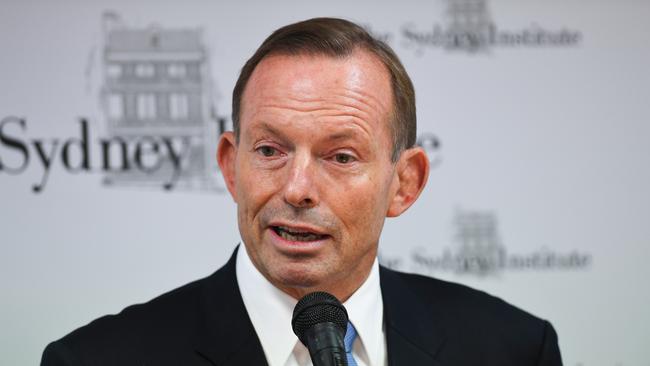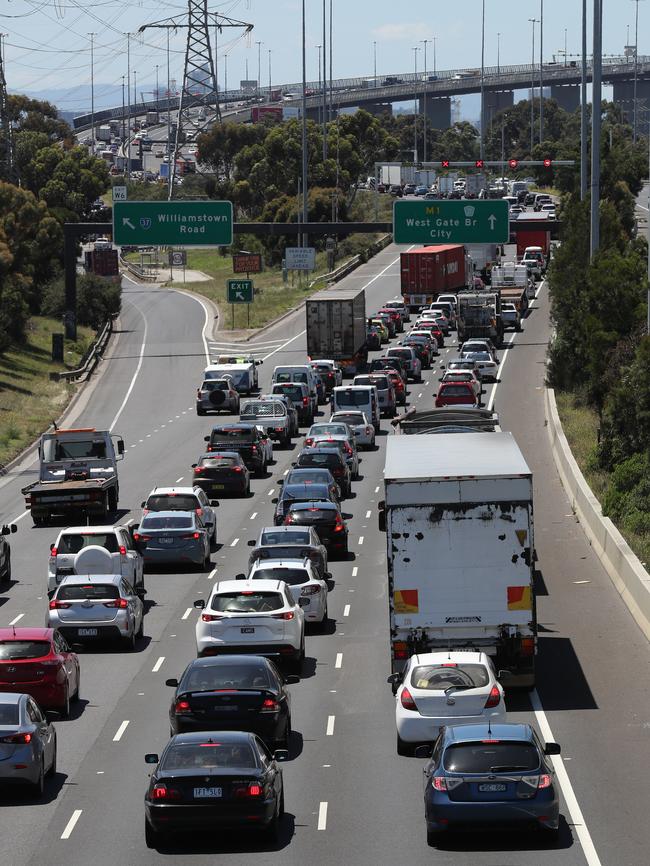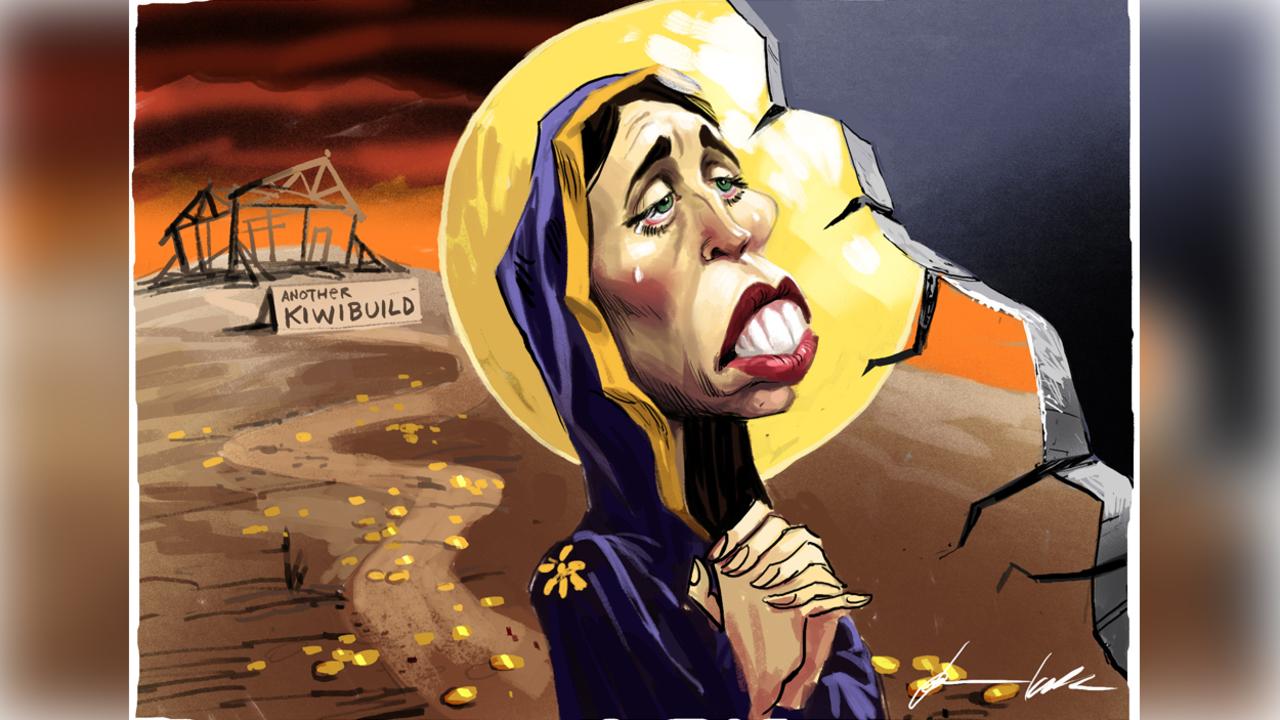
The main chancers who regularly declare Melbourne the most liveable city in the world must have a sense of humour. They most certainly don’t live in Melbourne.
Take it from me, Melbourne is a complete nightmare to get around. If you drive, it takes an age. If you take public transport, be prepared for the sardine-tin experience.
House prices are out of this world. The shopping might be good, but it’s impossible to park at many shopping centres. Hospitals and schools are overcrowded.
There are parts of the CBD where it’s easy to feel as if you are in another country — there’s not a lot of English being spoken.
If this is the most liveable city in the world, I’d like to see what’s unliveable.
I’m not Robinson Crusoe when I express these views. And let’s face it, Sydney is not much better.
The fact is Tony Abbott is really on to something when he calls for a significant reduction in the number of immigrants coming to this country. What I can’t understand is why a Coalition government hasn’t been on to this issue much sooner. Running a sensible and sustainable immigration program is as important as border control.
The government seems to be so self-satisfied with its achievement in stopping the boats that it has dropped the ball when it comes to establishing appropriate numbers and rules around both permanent and temporary migration.
Let’s be clear, the Migration Program numbers — the permanent intake — of 190,000 a year is way too high. And unless the government does something, these numbers will be the same for the next three years.
It just doesn’t make any sense for net overseas migration to make up most of the (excessive) population growth we are experiencing. Just look at the figures. Last year, it is estimated Australia’s resident population grew by 1.6 per cent.

The world’s population grew by 1.1 per cent. In Canada, the figure was 0.9 per cent, in France 0.4 per cent, in Britain 0.6 per cent and in the US 0.7 per cent.
At our current rate of growth, Australia’s population will be more than 38 million by 2050.
For a while, I had concluded that Home Affairs Minister Peter Dutton didn’t understand what he was dealing with. He would bang on about net overseas migration (which includes most temporary migration) being higher under Labor than under the Coalition government. Sure, NOM — immigration minus emigration — peaked in December 2008, not long after Labor was elected.
Yet the latest figures on NOM for the year ending June 2017 were 245,000 — an increase of 27 per cent from the previous 12 months. Yes, a 27 per cent increase. Pete, net overseas migration is out of control. And note that NOM increased by 31 per cent to NSW — read Sydney — and 23 per cent to Victoria — read Melbourne.
Here is a golden opportunity for the government to differentiate itself from Labor, which is determined to maintain immigration numbers, if not increase them.
Former academic Andrew Leigh MP has been sent out to quote some arcane studies about the effect of immigration on house prices and wages.
Here’s the thing: you don’t need a degree to realise that if you allow the population to grow rapidly, there will be pressure on house prices and urban infrastructure. And for workers whose skills complete with new migrants, there is less scope for pay rises. Without doubt, immigration is contributing to our low wage growth.
The government needs to get serious about cutting back the immigration intake, even though the universities are likely to kick up a stink. Note that overseas student education is a joint offering: a degree plus a pathway to permanent residence.
What the government has to appreciate is that the largest group of voters are incumbents, not new migrants or even migrants who have arrived in the past decade.
Even on this point, it’s not clear that migrant groups are in favour of large migrant intakes — the pull-up- the-ladder phenomenon.
We need to give our cities a break; we need to insist that new migrants culturally integrate and speak English well; we need to acknowledge the legitimate interests and views of incumbents rather than always favour new entrants.
It would be wise for the government to heed Abbott’s advice.






To join the conversation, please log in. Don't have an account? Register
Join the conversation, you are commenting as Logout